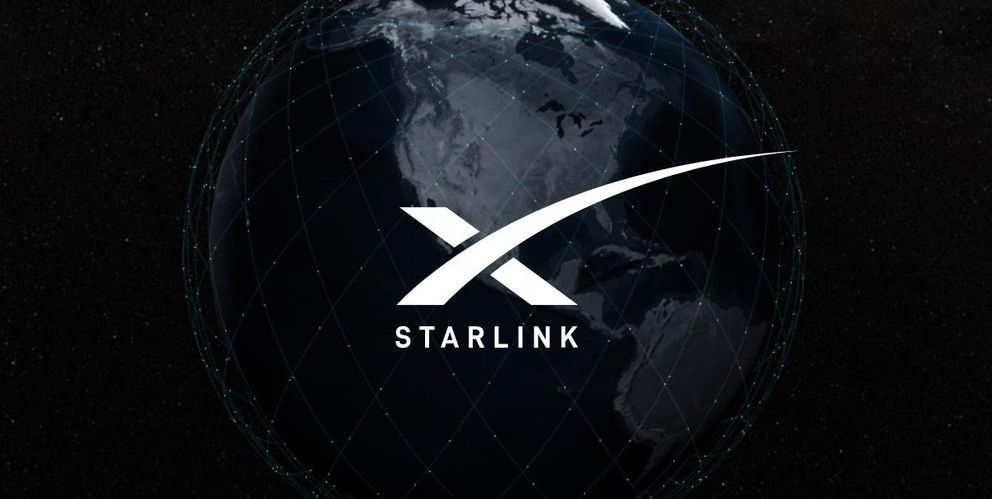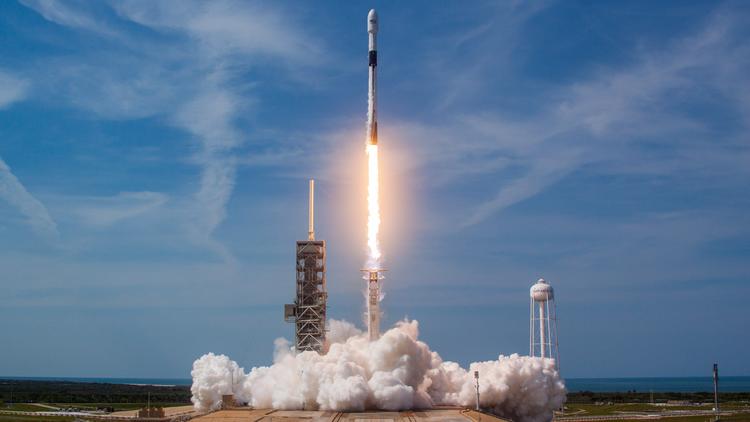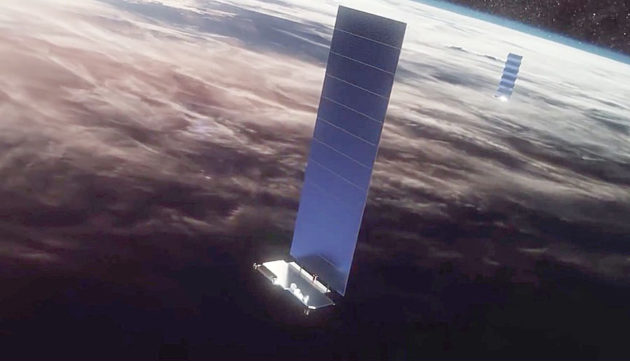
What is STARLINK
Hello there, We all may have access to internet by one-way or another. Although you may be living in an on area with limited providers or network speeds. Improving the network speeds will improve everything from entertainment to work to education and health care.
But 41% of the world does not have access to internet at all.
And that’s were SpaceX comes in with Starlink which is very close to launching their service.

And we are trying to address the below three questions.
what is it.
what are the least developments.
why should we even care.
Starlink is a satellite constellation being constructed by SpaceX to provide satellite Internet access.
The constellation will consist of thousands of mass-produced small satellites in low Earth orbit (LEO), working in combination with ground transceivers.
SpaceX also plans to sell some of the satellites for military, scientific, or exploratory purposes.
The SpaceX satellite development facility in Redmond, Washington houses the Starlink research, development, manufacturing, and on-orbit control operations.
The total cost of the decade-long project to design, build, and deploy the constellation was estimated by SpaceX in May 2018 to be about US $10 billion.
So as I mentioned just over 40% of the world does not have any access to the internet yet and even in areas with access it can be limited if you are not in the urban area.
Places like Africa the Middle East and Asia are lagging behind areas like North America and Europe.
Laying long cables into remote regions can be costly than the number of potential customers even building a wireless signals in those areas are costly which is why there are so many low bandwidth areas across the world.
96% of the urban areas have access to broadband only 61% of the rural areas do.
Satellite internet program can solve that problem because you can cover large area with a single satellite but there are some big downsides.
Current satellite based internet services are using geostationary satellites that are orbiting over 35000 KM above the surface of the earth its that distances creating the first major problem. Latency a radio signal takes 120 mill seconds to reach Geo stationary satellite and another 120 mill second to relay that sound back to ground. So in theory we looking at latency of 240 mill seconds but in practice we can see around 400 to 600 mill seconds, 12 times slower than what we see on the ground and then we have another challenge how much bandwidth a single satellite can handle which can affect the download and upload speed of everyone sharing that satellite. Which is your maximum download and upload speed will be most likely on the lower side. And also you may have some data caps to content with each month that’s mean there is a huge opening for competition that’s where SpaceX comes with Starlink.

Since we have already satellite internet and what’s make Starlink different.
It’s a low earth orbiting constellation of satellites operates at 1 third to one one hundred of the height of the Geo stationary satellites
As of April 22nd 2020 there are 420 satellites under Starlink constellation so far and most of them are deployed around are 550 KM above the earth.
They tend to launch 60 satellite per Falcon 9 flight so total around 4400 satellites on phase one and another 7500 in phase 2.
So around the year 2027 they nearly have 12000 satellites deployed in three orbital shells.
This not guarantee that SpaceX also submitted paper work for additional 13000 satellites beyond that.
So why so many satellites.
Well low earth orbital satellites much closer to earth means they can be stationary they have to move faster to maintain their orbit and also they have smaller count of coverage.
But big benefit of much closer is much lower latency for communication. Latency here is 20 to 35 mill seconds. which make them comparable with cable and fiber optics networks.
However when using lasers to communicate with satellites which Starlink will eventually do it will get a little physics boost.
light travel 40% faster in vacuum than in glass like a fiber optic cable and each satellite will be able to handle 1 Tb/s which is 4 times the capacity if vsat.
that is roughly 40000 people streaming 4k video at once. all that sounds incredible isn’t it a service that meant to knock out all the current internet services.
No the service is meant to be a smaller segment of the market with primarily areas that are less populated.

With tens of thousands of satellite being put into orbit it’s going to dwarf everything that comes before.
At this point of history we only launch about 9000 objects in the space and of those less than 6000 of them are in still use today, SpaceX is going to triple that number in 5 to 7 years. And if they move forward with the additional 13000 then you may know why lot of people are concerned about over crowding and space debris.
SpaceX have strict plan to mitigate space debris. which means a high level of de-orbiting reliability than NASA uses for itself. that is 90% of the satellite is successfully de-orbiting.
With the targeted life span of 3 to 5 years, space x confirms that implement an operations plan for the orderly de-orbit of satellites nearing the end of their
useful lives at a rate far faster than is required under international standards.
And SpaceX satellites will de-orbit by moving to a disposal orbit from which they will reenter the Earth’s atmosphere within approximately one year
after completion of their mission.
About 95% of the satellite parts will disintegrate while entering the atmosphere as they de-orbit.
There is also been an impact on astronomical observation, the satellite will very visible when they deployed
and they will be noticeable while they tumbling their way to their orbit.
Astronomers are worried about the light pollution.
SpaceX address these issues with painting their satellite black to reduce the reflection.

There is a huge opportunity for a company to up and running first. Which is obviously looking like is SpaceX.
In 2018 they estimated the total cost will be about 10 billion dollars. Which is a lofty price tag for only expected to make 3 to 5 billion dollars a year by launches from 2025.
The projection from lead revenue from Starlink are 30 to 50 billion dollars a year by 2025.
On a media call the very first launch of a satellite Elon said.
“We see this as a way for SpaceX to generate revenue that can be used to develop more and more advanced rockets and spaceships. We believe we can use the revenue from Starlink to fund Starship.”
Which leads right into their goal to become a multi planetary species.
The Starlink beta testing is planning to start in North America and Europe in august 2020.
when more satellites are add into the constellation we can see more area under the beta program.
It interest how it’s going to perform within the next year or two and what opportunities its opens in internet access and other business.
